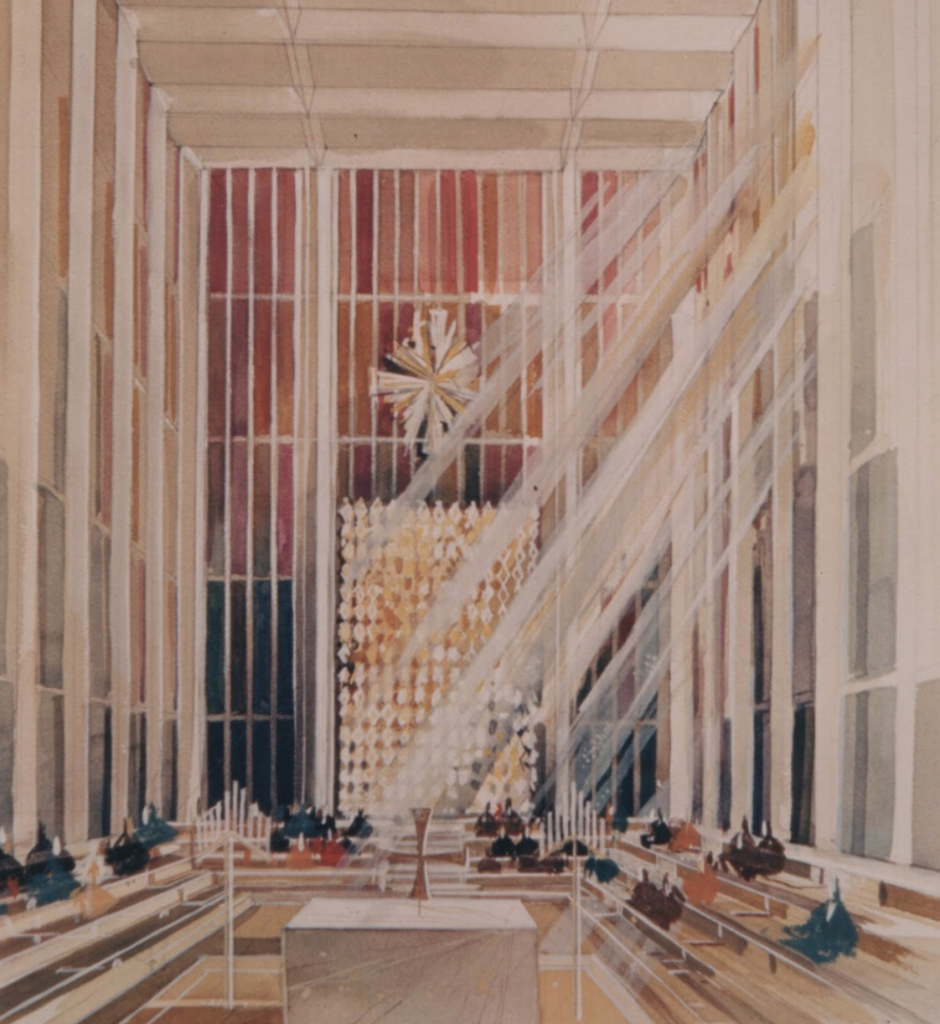By Eve Kaufman ’20
Staff Writer
You heard the headline right, folks. As some may have heard, the Claremont School of Theology is leaving our humble city and going up north to Oregon, a place more hospitable to believers, apparently.
The rumors have been going around for quite some time now, but in a few official statements within the past several months the move has been validated. A partnering with Willamette a college in Salem, Oregon, has led to the School forgoing their spot as one of the honorary 5Cs (along with the likes of the Claremont Dental Institute).
In commemoration of this true Claremont icon departing from our midst, it seems fitting to talk about the history of CST a bit. The Claremont School of Theology school was built between 1960-1972, and designed by a collection of architects. Initially, Ontario’s Criley & McDowell, followed by the architect responsible for Mudd’s campus, Edward Durell Stone.
Durell reimagined the property’s aesthetics, and made them reminiscent of the architecture found on Harvey Mudd’s campus. It thus fit seamlessly with Foothill Boulevard’s buildings, including those of the influential Millard Sheets. The school’s buildings are of the modernist style which was becoming popularized during this time. A tenant of modernism is the architects consideration of the surrounding environment. This emphasis ensured to dramatize the mountains in the distance, using the horizontal nature of the building’s roofs, which created a stark horizon line. Exemplary of Southern Californian architecture, the Theology School became a staple of Claremont culture for reasons aside from the academics itself.
The space itself is an ethereal one, light shining in, tall ceilings found in cathedrals. By placing the cathedral in the center of the campus, CST it emphasizes the way academics surround spirituality, but its total departure from the norm in terms of typical European styles of cathedrals and the like also exemplify the willingness for the school to tread on into modernity and accept egalitarian practices, in addition to fitting in with the contemporary architecture and lifestyles of the time- something that shows a progressive desire to meld with the secular world.
It is uncertain as to how it will be repurposed for academic use, but if maintained it will likely be diverted for housing in order to mediate the Colleges’ current and poignant growing pains.
These stunning photos exemplify the appeal of the school, separate from the school’s generally egalitarian practices. CST’s unique approach to god has caused a loss of funding from various institutions, such as the Baptist Church, overtime. The photos also show why the Claremont Colleges have expressed interest in buying it. The Colleges have been known to creep into the territory of essentially anything within in a three-mile radius of the colleges themselves.
After much litigation with the Claremont colleges, the theology school eventually was told to sell the property for its market worth. The whole ordeal has left the relationship between the two institutions tense.
When addressing the student population, interestingly, the general opinion was not having one. The Theology School, despite being enmeshed with the history of Claremont, does not have a huge impact on the everyday life of the Claremont College student. Crowdsourcing and asking around determined that, indeed, the layman opinion was “what?”.
After reaching out to the CEO of TCCS, the 16.4 acres will definitely be used for “educational purposes” but it is unclear exactly what it will look like. It is speculated the cathedral may be turned into a pool.
Photos courtesy of The Claremont Heritage



